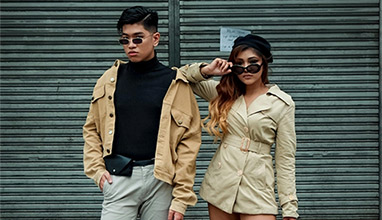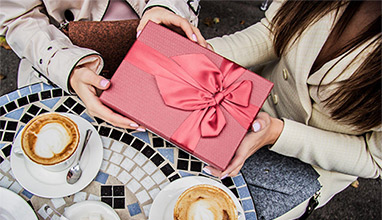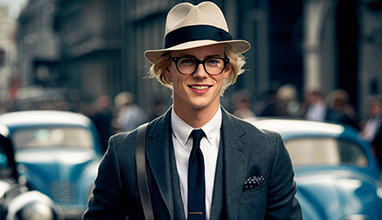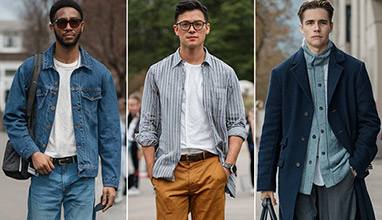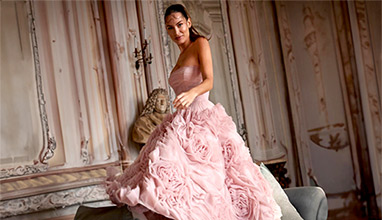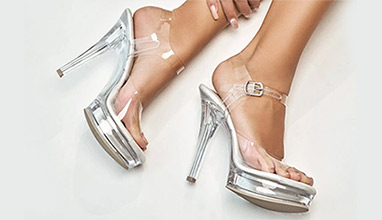Chef Dress Code 101: A Recipe for Success in the Kitchen
When you step into a restaurant kitchen, you enter a world where culinary magic happens, and every detail counts. The chef dress code isn’t just about aesthetics; it's a crucial element in ensuring safety, hygiene, and functionality in the fast-paced culinary environment. In this blog, we'll explore the essentials of the chef dress code and why it's essential for a chef's success in the kitchen.
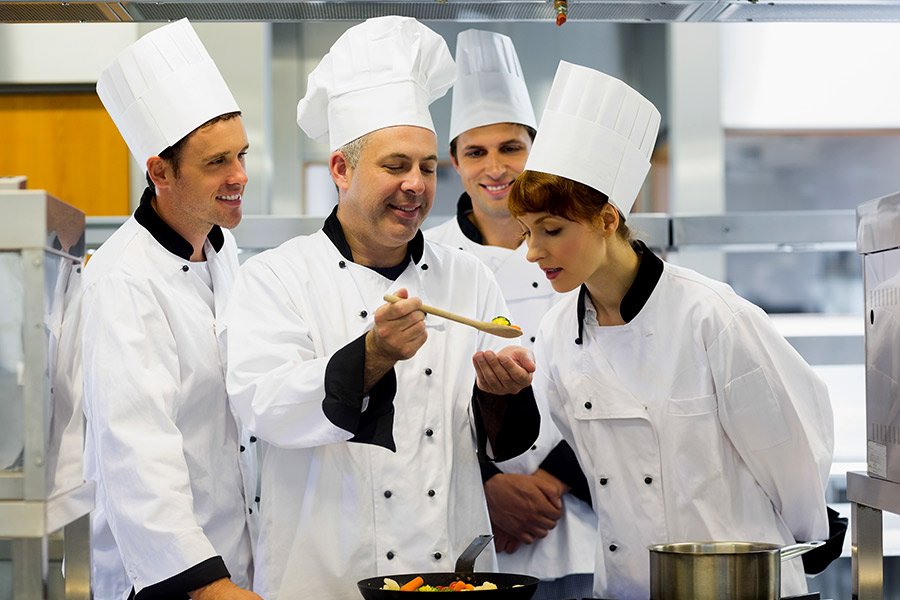
Photo: Depositphotos
1. The Chef's Uniform: A Classic Look
The iconic chef's uniform is instantly recognizable: a white double-breasted jacket, checkered pants, and a tall white hat. This attire is steeped in tradition and has practical benefits, too. The white jacket reflects professionalism and cleanliness, as any stains or dirt are easily spotted. The thick, long-sleeved fabric also protects chefs from heat and splatters. In contrast, the checkered pants hide stains and are comfortable for long hours on your feet. If you're looking for high-quality chef pants, visit https://www.bragardus.com/pants for a wide selection of stylish and functional options.
2. The Chef's Hat: A Symbol of Authority
The tall, pleated chef's hat, also known as a toque, isn't just a fashion statement. It has its roots in history and signifies a chef's level of expertise. Traditionally, the more pleats a hat has, the more experienced the chef is. However, many chefs today wear the traditional tall hats more for aesthetic reasons, but they still symbolize authority and skill.
3. Footwear: Safety First
In a kitchen filled with hot surfaces, sharp objects, and the constant risk of slipping, the proper footwear is essential. Chefs should wear non-slip, closed-toe shoes that provide support for long hours of standing. These shoes should also be easy to clean to maintain hygiene.
4. Apron: Protection and Utility
The chef's apron serves both a functional and aesthetic purpose. It protects the chef's uniform from spills and stains while providing a convenient place to keep kitchen tools close at hand. Aprons come in various styles and materials, but they should always be durable and easy to clean.
5. Personal Hygiene: The Foundation of Kitchen Cleanliness
The chef's dress code goes hand in hand with personal hygiene. Chefs must have clean hands and nails, as well as a clean-shaven or neatly trimmed beard or mustache. Jewelry should be minimal to reduce the risk of contamination and accidents in the kitchen. Maintaining personal hygiene not only ensures the safety of the food but also sets a professional standard for the entire kitchen staff.
6. Uniform Maintenance: Cleanliness is Key
Regularly cleaning and maintaining your chef's uniform is essential. Stains, odors, and frayed edges can compromise your professionalism and the overall cleanliness of the kitchen. Many chef uniforms are designed to withstand industrial laundering, so it's important to follow the care instructions to ensure longevity and hygiene.
7. Functionality: Comfort and Mobility
In a fast-paced, high-pressure kitchen, mobility and comfort are paramount. The chef's dress code is designed with this in mind. The loose-fitting pants allow for ease of movement, and the thick, long-sleeved jacket offers protection without causing overheating. The proper clothing ensures that chefs can perform their duties efficiently and safely.
8. Personal Style: Putting a Spin on Tradition
While the classic chef's uniform is iconic, some chefs choose to personalize their attire while still adhering to the core principles of the dress code. Adding unique elements like custom aprons, colorful shoes, or personalized hat designs can be a way to express individuality while respecting tradition.
In conclusion, the chef dress code isn’t just about looking the part; it's a fundamental aspect of a chef's identity and functionality in the kitchen. It symbolizes professionalism, skill, and cleanliness, which are all vital in the culinary world. A well-dressed chef not only makes a good impression but also ensures the safety and hygiene of the food they prepare. So, whether you're a seasoned chef or an aspiring culinary artist, remember that the correct dress code is the secret ingredient to your success in the kitchen.
Hits: 4601 | Leave a comment
Tags:chef, dress code







